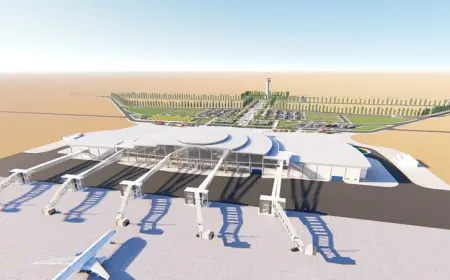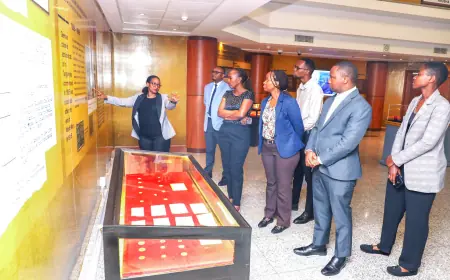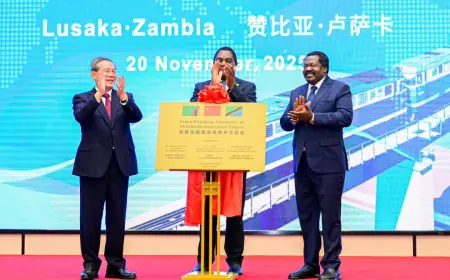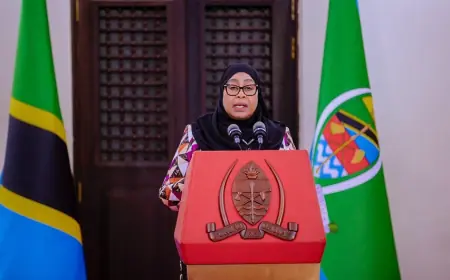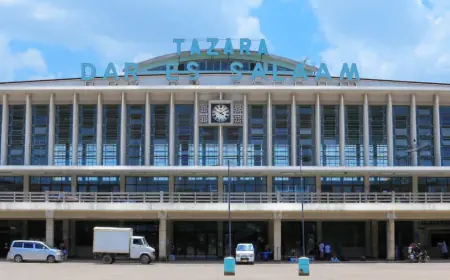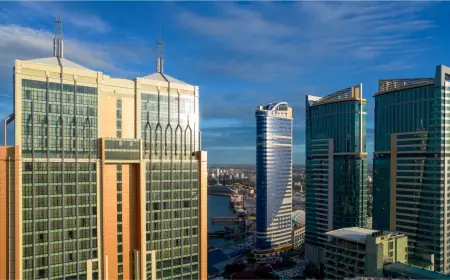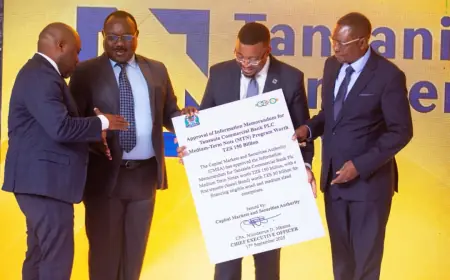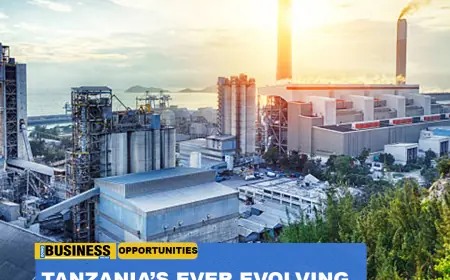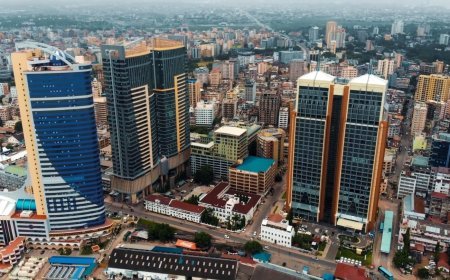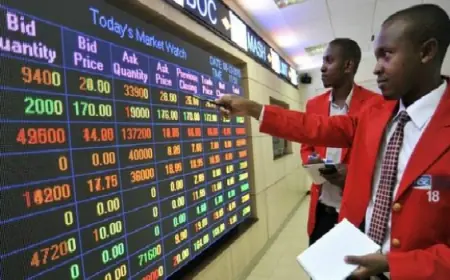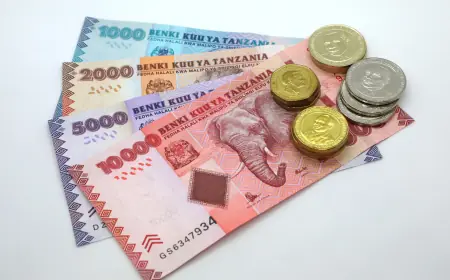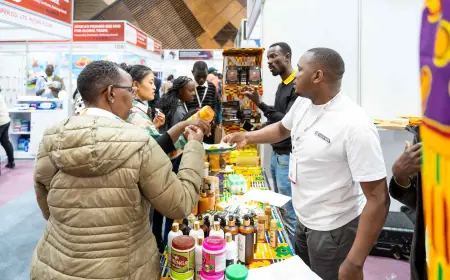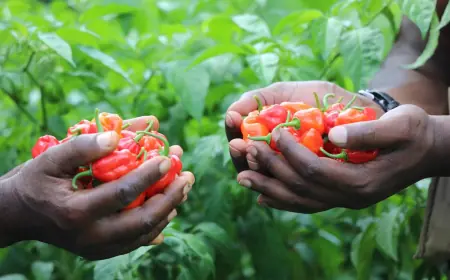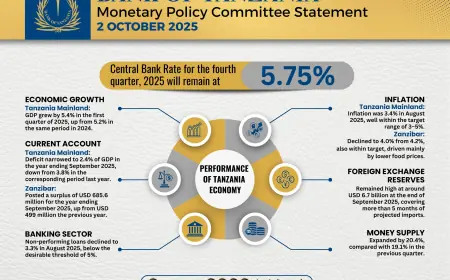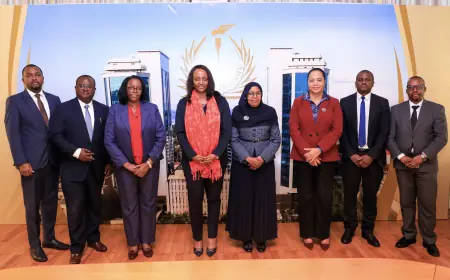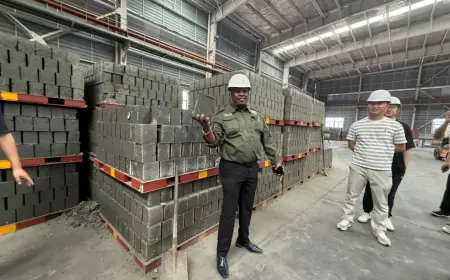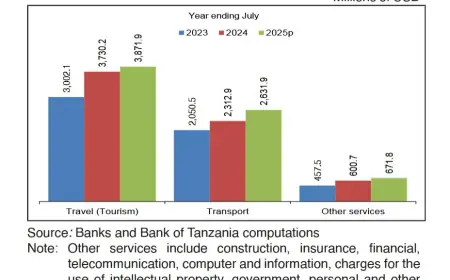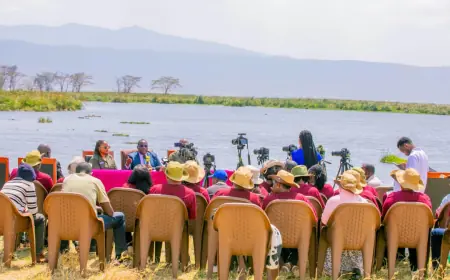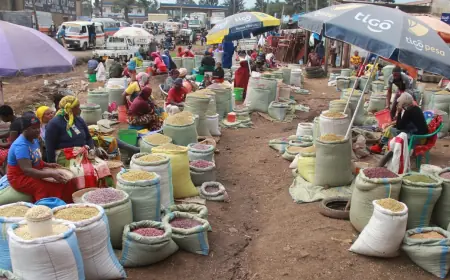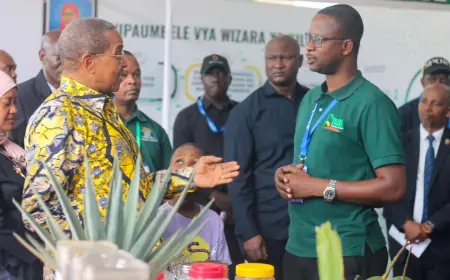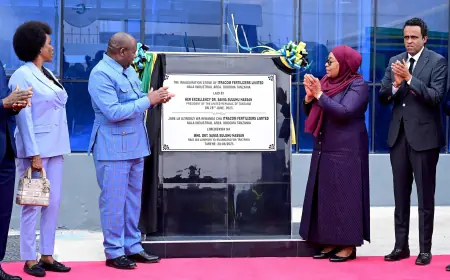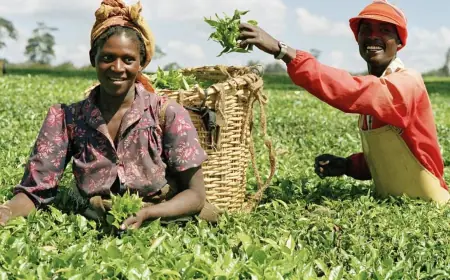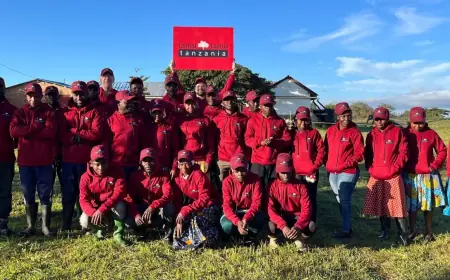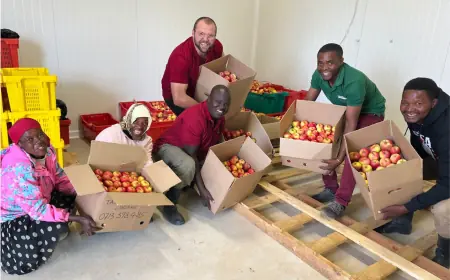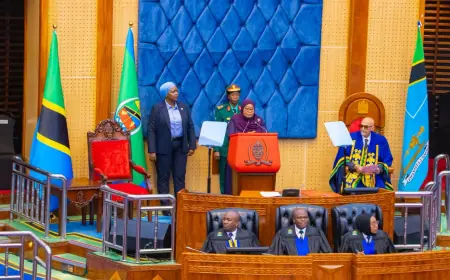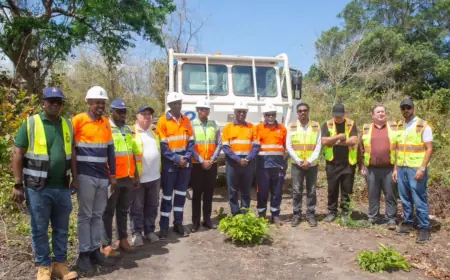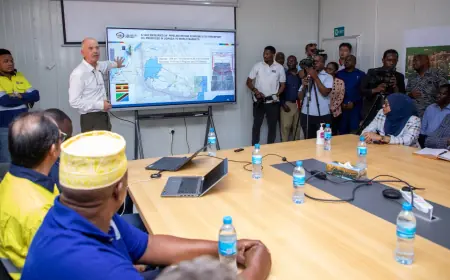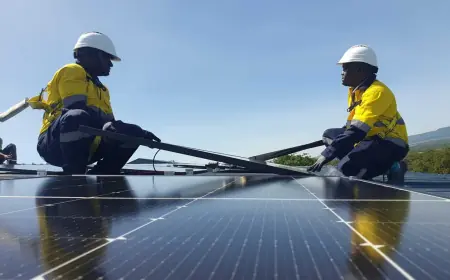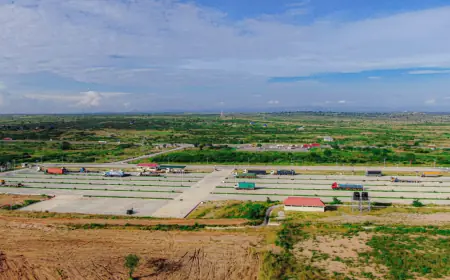TANZANIA’S EVER-EVOLVING FERTILIZER INDUSTRY
The fertiliser industry in Tanzania has been undergoing significant transformations over the past decade, driven by both the increasing demand for fertilisers and efforts to bolster domestic production.
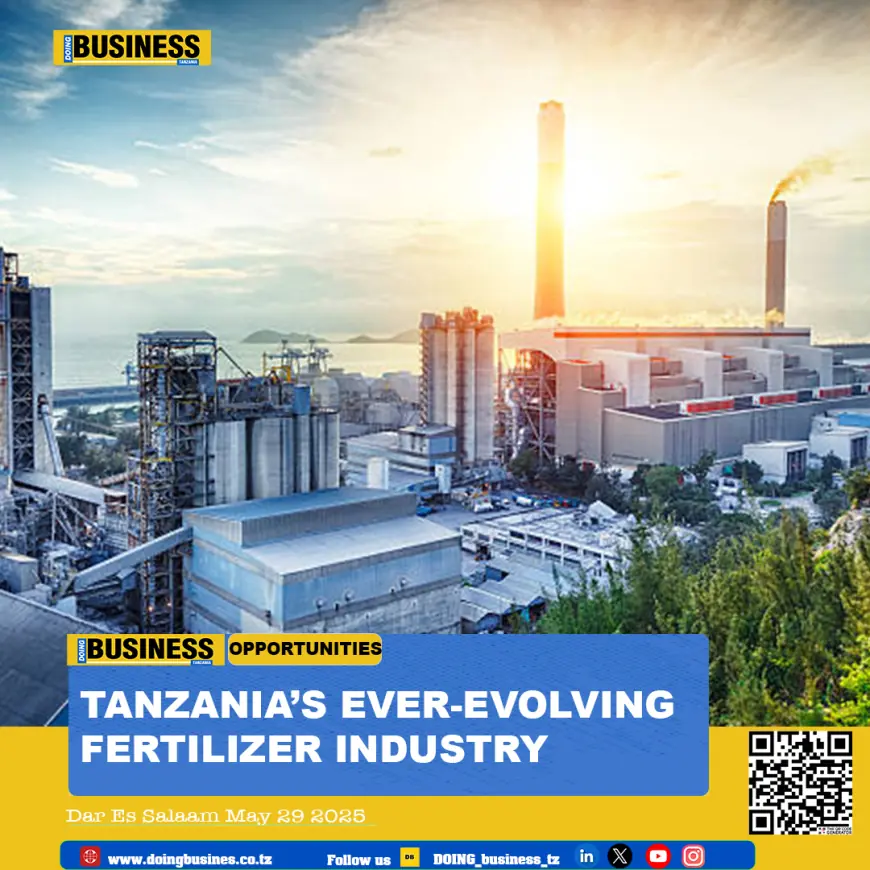
As the government, private sector, and international organisations work towards enhancing agricultural productivity, the journey has been marked by notable successes, ongoing challenges, and untapped opportunities.
This feature delves into the current state of the fertiliser industry, examining its growth trends, key players, and broader economic and
policy implications.
Fertiliser Consumption and Growth
Over the last ten years, fertiliser usage in Tanzania has steadily risen, reflecting the country’s commitment to increasing agricultural productivity. In 2010, Tanzania consumed approximately 296,047 tonnes of fertiliser, a figure that climbed to 526,765 tonnes by 2020.
This growth mirrors the broader ambition of the Tanzanian government to enhance agricultural productivity as outlined in key national plans such as the Agricultural Sector Development Programme II (ASDP II) and the Five-Year Development Plans.
Urea has emerged as the most
widely used fertiliser, accounting for 40 percent of total consumption, followed by NPKs at 17 percent, sulphate of ammonia (15%), DAP (14%), and CAN (12%).
Despite these increases, the average fertiliser application rate in Tanzania remains at about 20 kg of nutrients per hectare, significantly below the Sub- Saharan Africa average of 37 kg/ha and the Abuja Declaration target of 50 kg/ ha by 2025.
To meet the growing demand for fertiliser, Tanzania continues to rely heavily on imports, which have grown from 245,000 tonnes in 2010 to 663,000 tonnes in 2020.
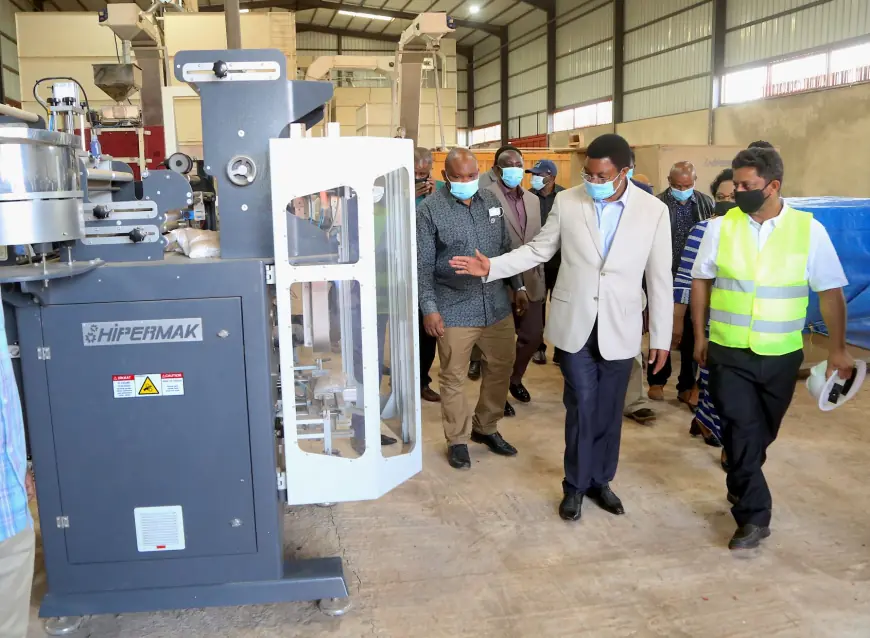
The Role of Imports and Domestic Production
Fertiliser availability in Tanzania is predominantly driven by imports, which have accounted for 93.34 percent of total fertiliser supplies over the last decade.
Notably, 2016 saw imports peak
at 98.40 percent of total fertiliser supplies. Despite government efforts to boost local production, domestic manufacturing remains relatively limited, contributing only an average of 6.56 percent to overall fertiliser availability between 2011 and 2020.
Much of the domestic production is linked to Minjingu Mines and Fertiliser Company Limited, a key player in the phosphatic fertiliser sector. From 2012 to 2015, Minjingu took substantial steps to reduce Tanzania’s dependence on imported phosphates. However, the local market’s preference for imported phosphatic fertilisers like DAP has hindered the growth of domestic production.
In 2013, domestic fertiliser production reached a high of 60,600 tonnes before dropping to about 30,000 tonnes by 2020.
The fluctuations in local production underscore the challenges Tanzania faces in creating a self-sustaining fertiliser industry. Yet, despite these challenges, the demand for fertilisers continues to rise, driven largely by the expansion of cultivated land, particularly for staple crops like maize and rice.
While fertiliser use has increased for crops such as tobacco and other plantation crops, maize remains
the largest consumer of fertilisers, accounting for over 50 percent of total consumption.
The Bulk Procurement System and Regional Trade
Tanzania’s reliance on fertiliser imports has been facilitated by the bulk procurement system (BPS), which was implemented between 2017 and 2019 to streamline the importation process and lower fertiliser costs for farmers.
The BPS allowed for large-scale purchasing, reducing overheads, and enabling Tanzania to take advantage of economies of scale. However, in recent years, many fertiliser imports have been made outside the BPS framework, driven by individual companies importing specialised multi-blend fertilisers tailored to specific crop requirements.
Tanzania’s strategic geographical position has also allowed it to engage in regional fertiliser trade. Between 2010 and 2020, an average of 62,188 tonnes
of fertiliser was exported annually
to neighbouring countries, including Burundi, Kenya, Malawi, Rwanda, Uganda, Zambia, and the Democratic Republic of the Congo (DRC).
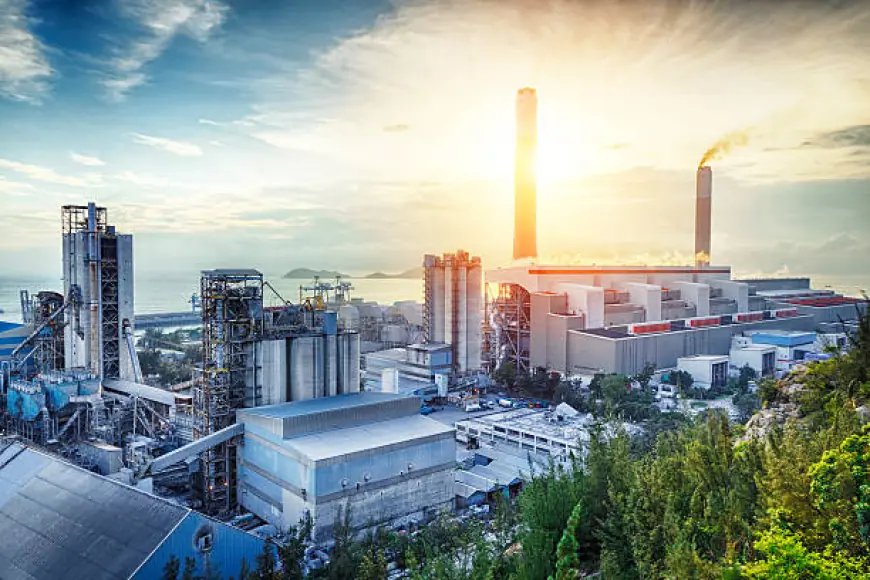
Given the growing demand for fertilisers in these nations, Tanzania is well-positioned to become a key hub for fertiliser trade in East and Southern Africa.
Nonetheless, challenges remain in the export market, such as disjointed regulatory frameworks, non-tariff barriers like unnecessary checkpoints, transit charges, and high transport costs. These obstacles have occasionally led neighbouring countries to seek alternative fertiliser sources.
To address these challenges, Tanzania will need to harmonise its policies
with the East African Community (EAC
Harmonised Fertiliser Regulatory Framework and the Southern African Development Community (SADC) Harmonised Fertiliser Regulatory Framework.
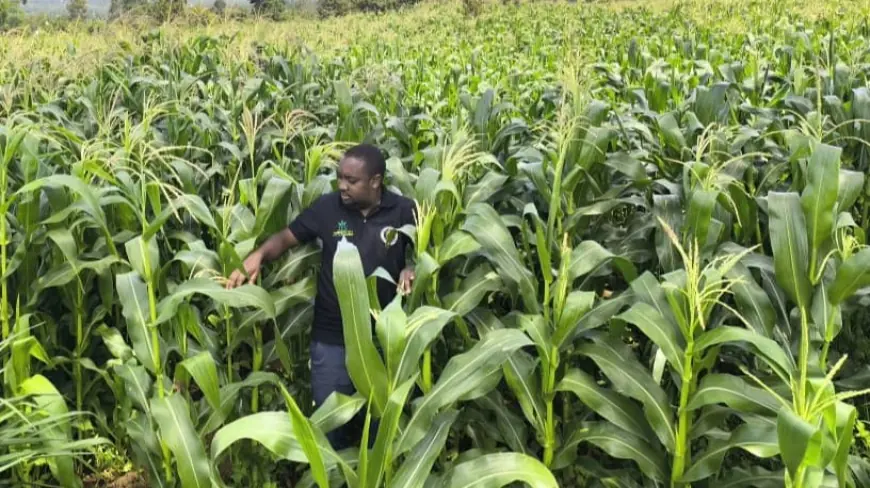
Government Policies and Industry Reforms
Tanzania’s fertiliser industry is regulated under the Fertiliser Act No. 9 of 2009, which led to the establishment of the Tanzania Fertiliser Regulatory Authority (TFRA) in 2012.
The TFRA serves as a one-stop shop for fertiliser-related matters, overseeing product quality assurance, imports, exports, and the registration of fertilisers and dealers.
Recent amendments to the Fertiliser Act have introduced several business- friendly reforms, including the elimination of unnecessary taxes and fees, the simplification of registration processes, and the reduction of costs for fertiliser validation.
One of the most significant reforms has been the removal of dealer registration and license renewal fees, which has helped reduce the cost of doing business in the fertiliser sector.
Additionally, fertiliser trial fees have been cut by two-thirds, further lowering entry barriers for new market participants. These reforms have attracted new investors to the sector, both domestically and internationally, contributing to a more competitive fertiliser market in Tanzania.
The government’s commitment to promoting fertiliser use is also evident
in the pledges made in the ruling party’s election manifesto, which emphasises the importance of agricultural productivity. Fertiliser subsidies, increased investment in irrigation, and the development of competitive crop value chains are key components of the government’s strategy to enhance crop yields and ensure food security.
Opportunities for Investment and Growth
Despite the challenges facing Tanzania’s fertiliser industry, there are significant opportunities for growth and investment. The expansion of the Minjingu Fertiliser manufacturing plant and the completion of Itracom’s second production line
are expected to increase domestic production capacity.
By the end of 2023, Tanzania’s installed manufacturing capacity is projected to exceed 300,000 metric tonnes, with an actual production of 59,659 metric tonnes as of January 2023.
Tanzania’s ability to meet its agricultural soil nutrient requirements remains limited, with current utilisation rates of 23–25 kg/ha, only half of the Abuja Declaration target of 50 kg/ha. However, ongoing investments in the sector, combined with improvements
in transport and port handling infrastructure, are expected to reduce fertiliser costs, particularly for farmers in remote areas.
Rail transport, while still facing challenges related to waggon availability
and reliability, offers a cost-effective alternative to road transport. Rail freight is potentially 30 pecent cheaper than road transport, making it a key factor in reducing domestic fertiliser prices.
Furthermore, port handling facilities have improved, with capacity increasing from 15,000 tonnes to 30,000 tonnes.
These improvements have helped reduce dwell times and associated costs, making fertiliser more affordable for Tanzanian farmers.
Policy Harmonisation and Regional Integration
For Tanzania to fully realise its potential as a regional fertiliser hub, it must address policy inconsistencies and harmonise its regulatory framework with those of its neighbors.
The mutual recognition of fertiliser registration, for example, would facilitate smoother cross-border trade and
create more efficient procurement and distribution channels.
Efforts to harmonise policies with
the EAC and SADC fertiliser regulatory frameworks are ongoing, but there is
still much work to be done. Conflicting standards, laws, and procedures between Tanzania and its trading partners have hindered the growth of regional fertiliser trade.
Addressing these issues will require concerted efforts from both the
public and private sectors, as well as stronger collaboration between regional governments.
The Road Ahead
As Tanzania continues to work toward its agricultural productivity goals, the fertiliser industry will play a pivotal role in shaping the country’s future. While challenges remain, the government’s focus on policy reforms, infrastructure development,
and regional integration provides a solid foundation for future growth.
By capitalising on its strategic location, improving domestic production, and addressing regulatory bottlenecks, Tanzania can position itself as a key player in the regional fertiliser market.
With rising demand for fertilisers in neighbouring countries and continued investment in the sector, the future
of Tanzania’s fertiliser industry looks promising.
However, realising this potential will require sustained efforts to enhance production capacity, improve market access, and ensure that fertilisers are both affordable and accessible to farmers across the country.
The Tanzanian fertiliser industry, while still facing several obstacles, holds immense potential to boost agricultural productivity both locally and regionally.
Strategic investments, policy harmonisation, and continued infrastructure improvements will be key to unlocking this potential. With the right mix of governmental support, private sector engagement, and international collaboration, Tanzania can become a significant fertiliser producer
and exporter, contributing not only to its agricultural goals but also to the broader regional food security agenda.
What's Your Reaction?
 Like
1
Like
1
 Dislike
0
Dislike
0
 Love
1
Love
1
 Funny
0
Funny
0
 Angry
0
Angry
0
 Sad
0
Sad
0
 Wow
0
Wow
0
